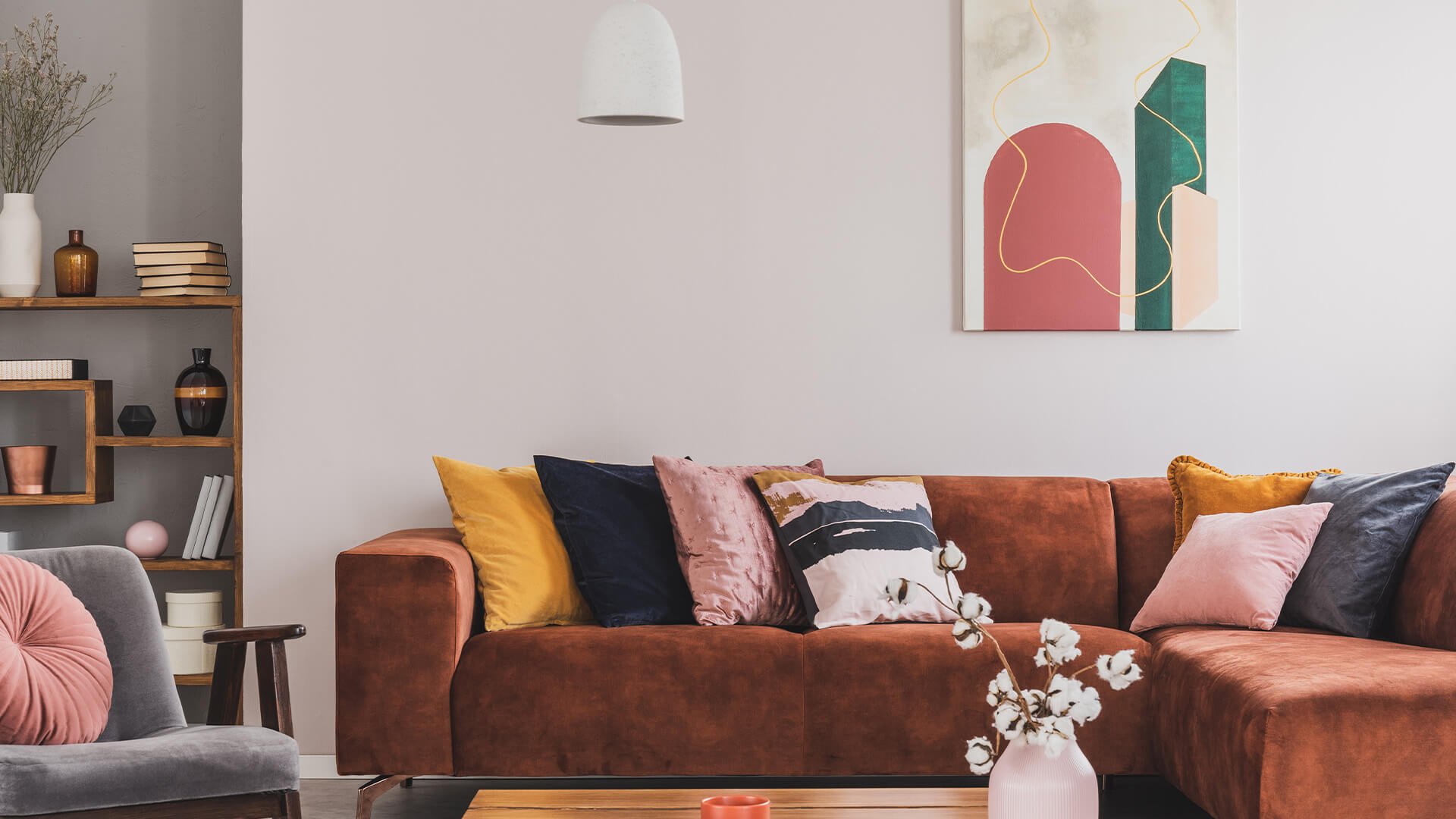Without considering the impact of your interior design, you might end up with aesthetically pleasing rooms but functionally useless. Therefore, the first step to designing an indoor space is to establish a purpose itself. Then, after you’ve determined how its use will factor into all aspects of design, you can proceed with creating a color palette and choosing the appropriate materials for the walls, flooring, furnishings, lighting fixtures, and accents that will be used in it. With this list of four tips at hand, you’ll be able to coordinate your efforts better when designing your indoor spaces.
Tips to Design Indoor Spaces
How our homes are designed can significantly impact our happiness, productivity, and energy levels. That’s why, when it comes to designing your indoor spaces, there are a few essential things that you can do to make sure they’re inviting and functional.
Below are six tips to help you design your indoor spaces:
1. Skirting Boards and Corners
Please make use of skirting boards as a border to separate one wall from another, and it also serves as a focal point. According to the folks behind Skirting King’s boards, your skirting design boards are an opportunity to state your personality and the style you are trying to achieve in your home. In addition, adding skirting boards to your indoor spaces can help define the area that you’re trying to decorate or use for a specific purpose. This is especially true of corners, which are often underutilized in most homes.
2. Define the Purpose of the Room and How it Will be Used
When considering your house as a whole, you may have areas designated for specific purposes; places to eat, sleep, relax, work and play. Each of these spaces within your home can benefit from thoughtful design to ensure that they are helpful for their intended purpose. For example, suppose an area is a relaxing space where you watch TV or read. In that case, you’ll want to make sure that it has a comfortable seating arrangement in a way that allows you to see its contents clearly while minimizing distractions that might hamper your relaxation. A cozy rug placed underneath your feet will also help. Some other components that are important when creating relaxing indoor spaces are lighting and temperature control. By adding a few simple design touches, you can make this area of your home more inviting and comfortable.
- A relaxing space where you watch TV or read
- Comfortable seating that is arranged in a way that allows you to see its contents clearly while minimizing distractions
- A cozy rug placed underneath your feet
3. Consider Color Palettes Based on the Time of Day
It’s essential to consider each aspect of your interior design carefully when planning for an indoor. While some people enjoy making bold choices, it’s best to keep things simple more often than not. When choosing your color palette for each of the rooms within your home, you’ll want to consider their individual use, but also how they fit into the big picture of the entire space. For example, if you’re using a room as an office or library where you’ll be working or studying daily, then opting for neutral hues that are conducive to productivity is probably your best bet. If, instead, you’d like this area of your home to serve as an entertainment space where family and friends gather for celebrations and other events, brighter colors will help make it appear larger.
4. Use Straight Lines and 90° Angles When Possible
When designing your indoor spaces, it’s best to use as many straight lines as possible. This makes sure that everything is aligned and balanced in a visually pleasing way. You can create a sense of order and organization that will positively impact the energy levels throughout your home. Using straight lines will help create balance within the layout of your space. Additionally, using angular or 90-degree distances in rooms can create cross vistas between two different areas.
5. Don’t Forget About Lighting
Lighting can be used to transform a space into something inviting and cozy. Businesses know the power of good lighting – from restaurants closing rooms with hanging lights to create cozier atmospheres, to stores dimming overhead lighting to hide flaws in their products. They all understand how important lighting can be for creating moods within their store. In the same way, you shouldn’t underestimate the importance of good lighting in the home. You can use it to soften harsh lines or create a welcoming space that makes your guests feel comfortable and at ease.
6. Utilize Storage Spaces
As mentioned above, utilizing storage spaces can help maximize your available space. This tip is often underutilized by homeowners trying to work with a particular design or theme in their home. One example would be installing towel bars on the sides of shower stalls instead of on the back wall; this leaves more space for people to move around while they’re washing up after using it. Another example would- where possible- be adding shelves or drawers inside cabinets can be a great way to store items. Even something like utilizing nooks
These are just a few tips for how you can design your indoor spaces in a way that makes them inviting and functional for yourself, your family, or your guests. While it may seem difficult at first, when you break down the individual steps needed to make this happen, you’ll find that it’s pretty simple once you get used to applying these principles to each room of the house. Remember – try not to overload any room with too many different decorating styles or themes; having consistency throughout the home will help keep things balanced and organized.
































